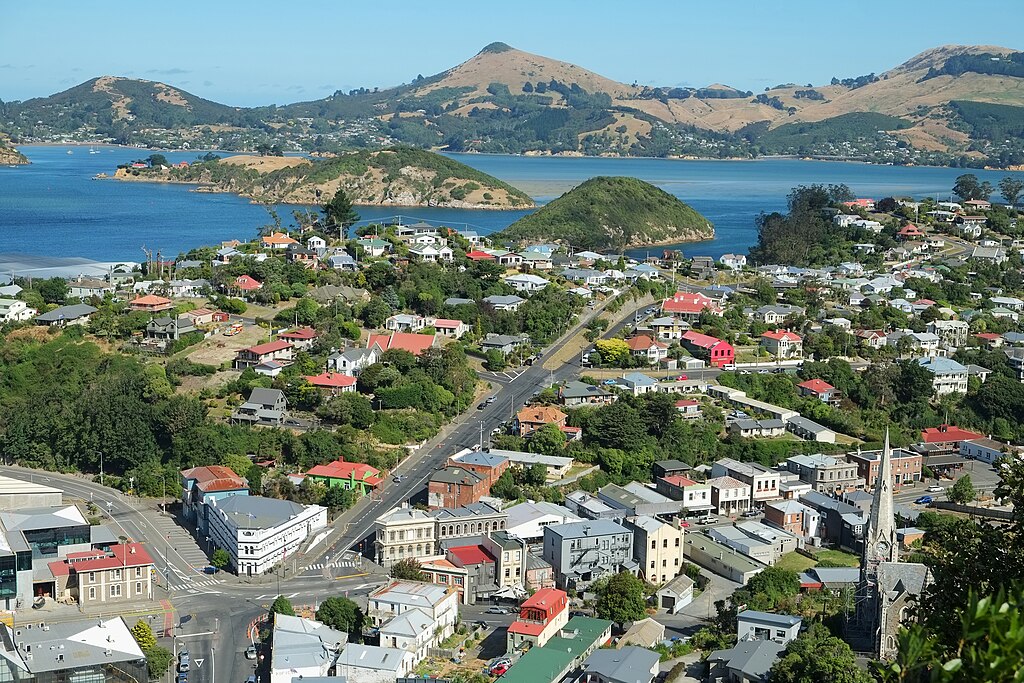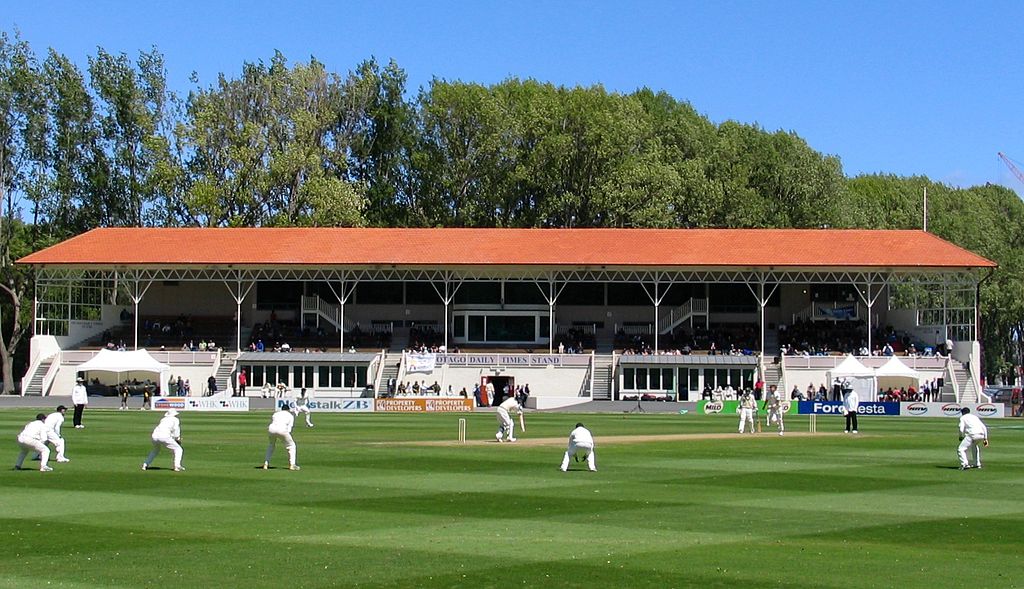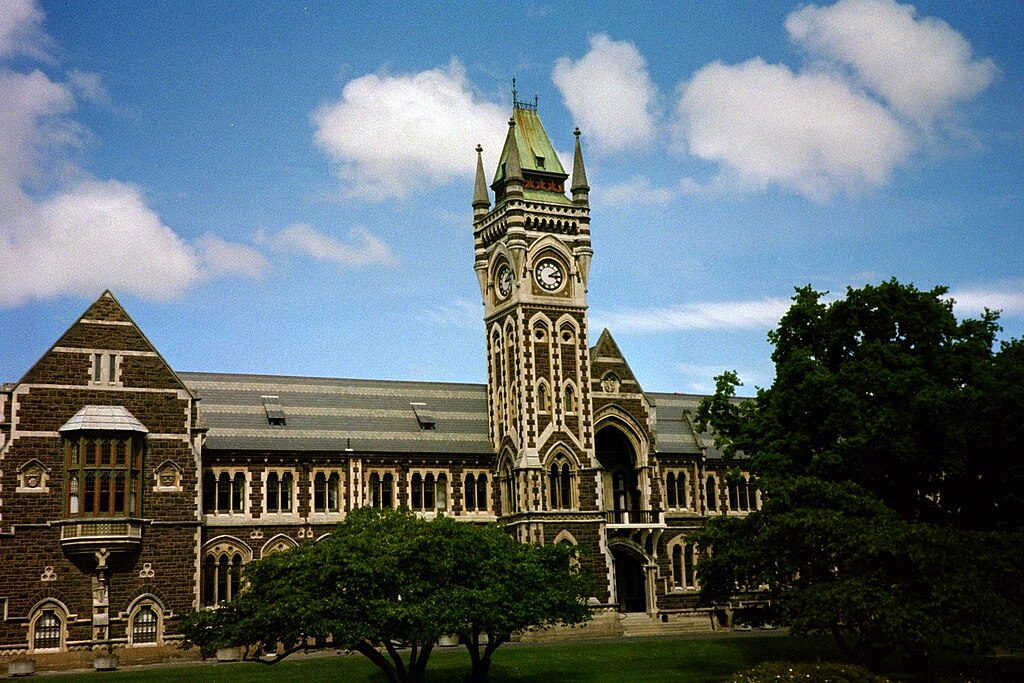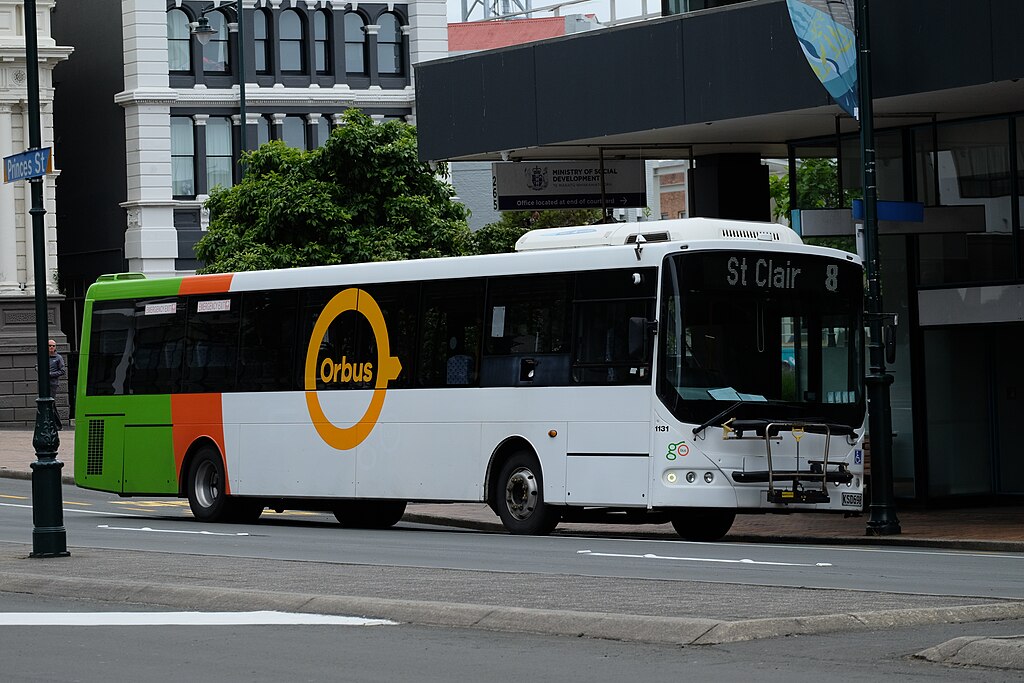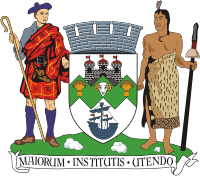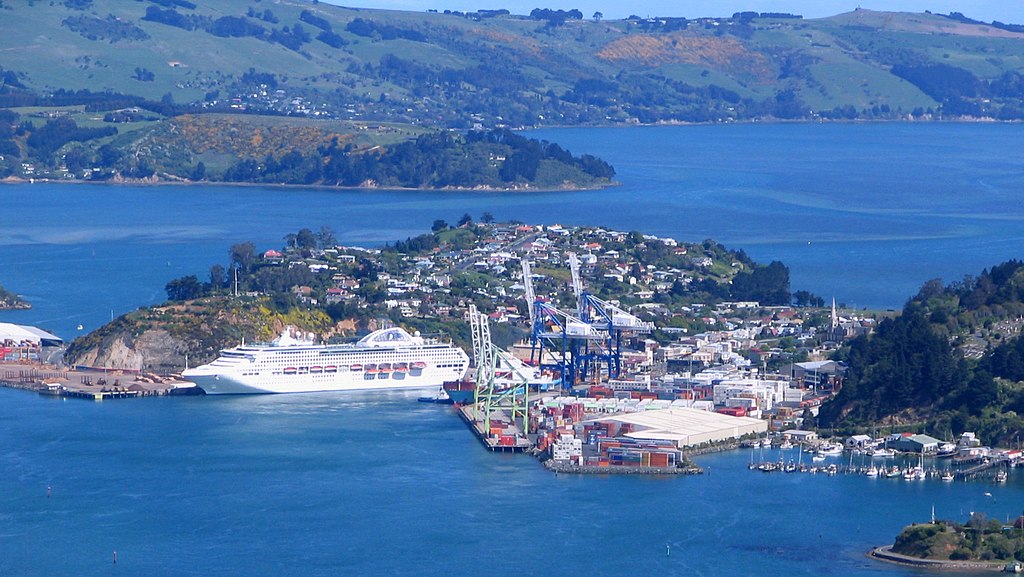
Introduction: Welcoming Cruise Ships to Dunedin’s Shores
Nestled on the southeastern coast of New Zealand’s South Island, Dunedin welcomes cruise ships from around the world to its picturesque shores. With its rich history, stunning landscapes, and vibrant cultural scene, Dunedin offers an unforgettable experience for cruise passengers seeking adventure, exploration, and relaxation.
Port Chalmers: Gateway to Dunedin
Cruise ships visiting the city typically dock at Port Chalmers, located just a short distance from the city center. As the main port of entry for cruise ships, Port Chalmers offers convenient access to Dunedin’s many attractions, including historic landmarks, natural wonders, and cultural treasures.
Port Chalmers: A Charming Town with Maritime Heritage
Port Chalmers itself is a charming town worth exploring. Its vibrant arts scene, historical architecture, and quaint shops provide a delightful prelude to the larger city. Visitors can enjoy a leisurely stroll through the town, visit the local maritime museum, and savor a meal at one of the waterfront cafes, all while taking in the scenic harbor views.
The town’s maritime heritage is evident in its preserved buildings and the stories they tell of early European settlers and the bustling port activities of the past. The Port Chalmers Maritime Museum is a must-visit, offering a fascinating insight into the region’s nautical history, with exhibits ranging from ship models to maritime artifacts.
Facilities and Services at Port Chalmers
Port Chalmers is well-equipped to handle the influx of cruise passengers, offering a range of facilities and services to ensure a smooth and enjoyable visit:
- Berthing Facilities: The port has modern berthing facilities that can accommodate large cruise ships, ensuring safe and efficient docking.
- Transportation: Shuttle buses and taxis are readily available to transport passengers from the port to Dunedin city center and other local attractions. For those who prefer to explore independently, car rental services are also available.
- Visitor Information: The port area has a visitor information center where passengers can obtain maps, brochures, and advice on local attractions and activities. Friendly staff are on hand to assist with any queries.
- Shopping and Dining: The port and the nearby town of Port Chalmers offer a variety of shopping and dining options. Passengers can browse local boutiques, art galleries, and souvenir shops, or enjoy a meal at one of the charming cafes and restaurants offering local cuisine.
Shore Excursions and Activities
Cruise passengers have a wealth of shore excursions and activities to choose from when visiting Dunedin:
- City Highlights Tour: Explore Dunedin’s charming city center, with its Victorian architecture, bustling cafes, and vibrant street art. Highlights may include the Dunedin Railway Station, the Octagon, and the Dunedin Public Art Gallery.
- Wildlife Encounters: Embark on a wildlife adventure to see native New Zealand wildlife, including albatross, penguins, and seals. Popular destinations include the Royal Albatross Centre and Penguin Place.
- Scenic Tours: Discover the breathtaking beauty of Otago Peninsula with a scenic tour along its rugged coastline, picturesque bays, and rolling hills. Stops may include Larnach Castle, Sandfly Bay, and the Otago Peninsula Wildlife Trust.
- Cultural Experiences: Immerse yourself in Dunedin’s rich cultural heritage with visits to museums, galleries, and historic sites. Options include the Toitū Otago Settlers Museum, Olveston Historic Home, and the Chinese Garden.
Local Cuisine and Shopping
No visit to Dunedin is complete without sampling its local cuisine and exploring its vibrant shopping scene:
- Cafes and Restaurants: Indulge in fresh seafood, artisanal cheeses, and locally brewed beer at Dunedin’s acclaimed cafes, restaurants, and craft breweries.
- Farmers Markets: Browse through fresh produce, artisanal products, and handcrafted souvenirs at Dunedin’s farmers markets, held regularly throughout the city.
- Boutique Stores: Shop for unique gifts, clothing, and artworks at Dunedin’s boutique stores, galleries, and artisan markets, showcasing the talents of local designers and artisans.
Conclusion: A Memorable Cruise Experience
In conclusion, Dunedin offers a memorable cruise experience for passengers seeking adventure, culture, and relaxation. With its stunning landscapes, rich heritage, and warm hospitality, the city welcomes cruise ships with open arms, inviting passengers to explore its many treasures and create lasting memories along New Zealand’s enchanting South Island coastline. Beyond the immediate vicinity of the port, the wider Otago region offers additional attractions such as the historic gold-mining town of Arrowtown, the renowned vineyards of Central Otago, and the adventure capital of Queenstown, providing cruise passengers with an array of extended travel opportunities.
